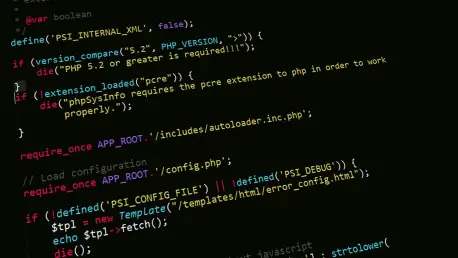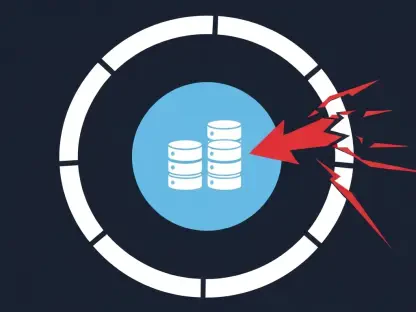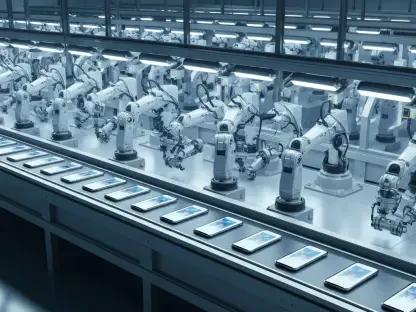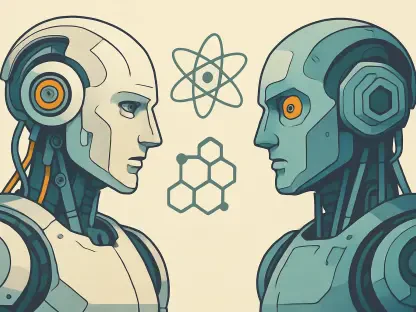In recent years, artificial intelligence has become a central player in the realm of software development, with many predicting a revolution that could redefine how code is generated and maintained. AI-driven tools like Cursor and Copilot have emerged as key components of this transformation, aiming to enhance the coding process through automation. However, the impact of these tools is more nuanced than initially anticipated. A thought-provoking study by METR challenges the prevailing optimism surrounding AI’s role in software engineering by revealing unexpected results that complicate the narrative of AI as an unequivocal productivity booster. This article explores the implications of AI tools on software development efficiency, focusing on the dissonance between expectations and empirical realities as demonstrated by recent investigations.
Unveiling the Reality Behind AI-Driven Tools
The METR study provides a fascinating counter-narrative to the popular belief that AI tools substantially increase coding speed. Processed data from a sample of 16 veteran software developers engaged in complex projects reveal an intriguing outcome—rather than accelerating progress, work pace reportedly decreased by 20% with AI tool usage. This is contrary to developers’ initial perceptions of a 20% speed-up. Such findings suggest that while AI can be proficient in generating code, the intricacies involved in interpreting a programmer’s exact requirements often necessitate a time-consuming iterative process. AI’s efficacy, therefore, hinges on achieving a fine balance between automation and human refinement, which can paradoxically extend development timelines.
This mismatch between anticipated and actual outcomes has sparked significant discourse within technological and professional circles. The study’s revelations point toward inherent challenges in current AI tools’ abilities to decipher context accurately and produce mistake-free outputs. Developers often find themselves refining AI-generated code or reprogramming incorrect sequences to meet precise specifications that software solutions require. Despite advanced capabilities, AI’s role frequently necessitates further validation, illustrating an ongoing journey from idealized models to practical, effective deployment in real-world environments.
Technical and Psychological Dimensions
The challenges AI tools face extend into both technical weaknesses and psychological influences affecting developers’ productivity. From a technical standpoint, large language models, while adept at automating rudimentary tasks, often struggle in understanding nuanced programming intentions. This deficiency compels users to iteratively adjust and refine outputs, leading to inefficiencies in situations demanding high precision. Developers accustomed to undertaking tasks manually frequently find themselves expending considerable effort in guiding AI processes rather than direct problem-solving, culminating in frustration and decreased productivity.
Moreover, psychological factors inherent in the user experience affect developers’ work ethics and focus. Engaging with AI systems can act as a dopamine shortcut, offering enticing yet unproductive distractions for developers. This pathway diverges from traditional disciplined engagement with problems, tempting users to rely on AI solutions more heavily despite their inconsistent accuracy. Instances arise where developers consult AI-generated outputs multiple times for doubtful success, undermining effective time management. This behavioral shift, noted by study participant Quentin Anthony, indicates a broader impact of cognitive patterns influencing subjective utilization of AI’s capabilities in programming workflows.
Broader Technological and Geopolitical Contexts
While addressing software development efficiency, the article also navigates the intricate geopolitics surrounding AI technologies. Particularly, Nvidia’s CEO Jensen Huang finds himself amidst a controversy concerning the United States’ restrictions on exporting AI chips to China. These prohibitions aim to constrain Beijing’s military and technological progress but spark debates on their economic repercussions. Huang highlights that such barriers incite China to bolster its own chip industry, potentially counterproductive to U.S. interests. Allegations of self-serving motives arise as this argument aligns with Nvidia’s financial detriments in the restricted Chinese markets. Black markets further complicate enforcement of these limitations, emphasizing the nuanced complexity in regulatory policies.
Beyond software development, AI applications demonstrate transformative potential in research contexts, exemplified by the AI assistant Claude developed by Anthropic. Claude provides significant utility to researchers overwhelmed by digital literature overload by offering summarized insights derived from comprehensive scientific documentation. This assists in streamlining information processing, showcasing AI’s broader implications beyond traditional coding domains. These applications underscore AI’s varied functionality, augmenting productivity across diverse sectors, which may shape long-term technological landscapes and redefine computational paradigms.
Future Implications and Considerations
The METR study disrupts the common belief that AI significantly boosts coding speed. Analyzing data from 16 experienced software developers tackling complex tasks unveils an unexpected reality: rather than speeding up, the presence of AI tools actually slowed development by 20%. This is in stark contrast to developers’ initial predictions of a 20% increase in speed. The findings indicate that, while AI is capable of generating code, the complexity of aligning with a programmer’s precise needs often leads to a tedious, iterative process. AI’s effectiveness relies on balancing automation with human refinement, which can ironically delay project timelines.
This disparity between expectations and actual results has incited significant discussions within tech and business communities. The study highlights the obstacles of current AI tools in accurately comprehending context and delivering error-free code. Developers frequently need to refine AI outputs or reprogram inaccurate sequences to meet the exacting demands of software projects. Despite AI’s advanced capabilities, it often requires additional validation, signifying an ongoing journey toward practical, effective applications in real-world settings.









